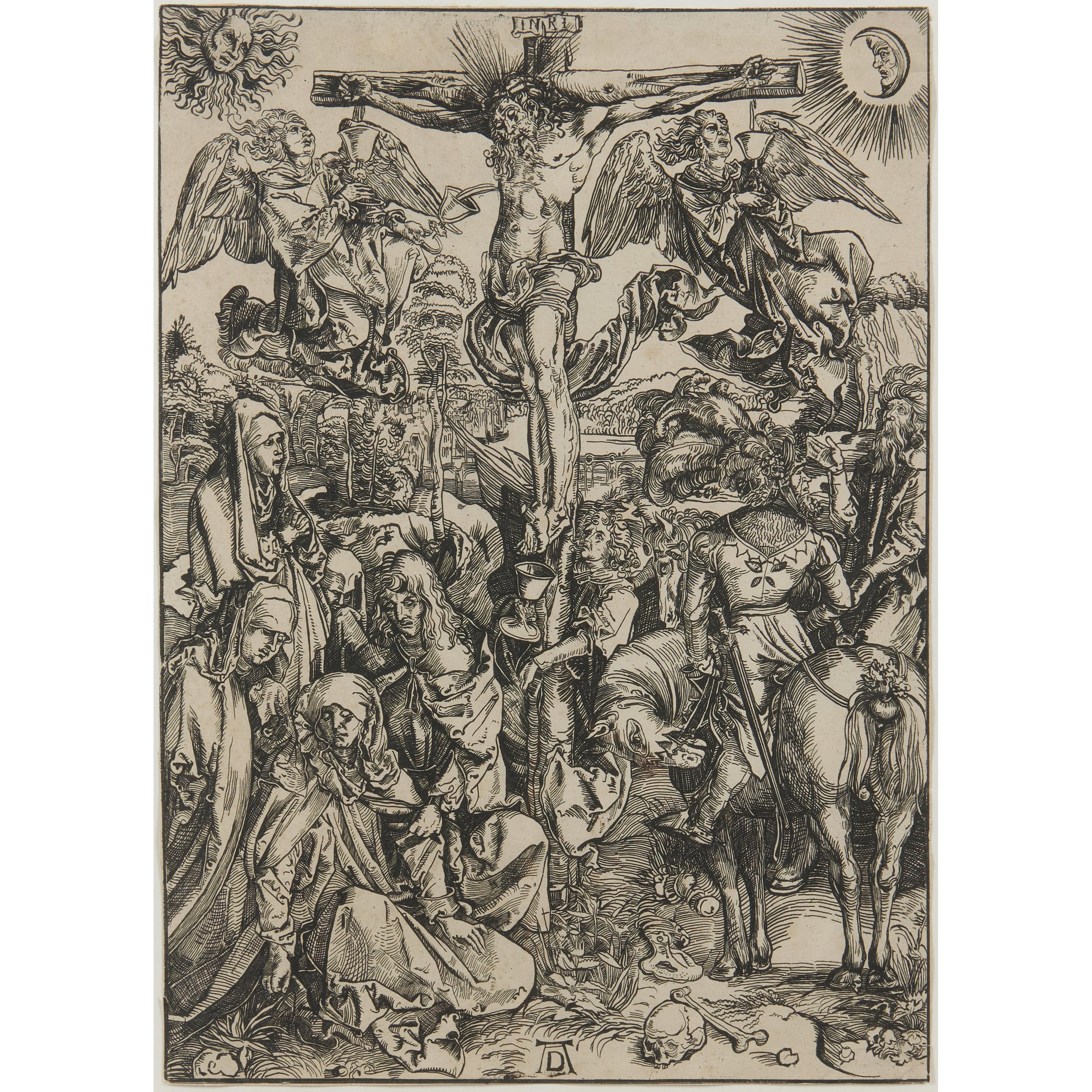 Image 1 of 4
Image 1 of 4

 Image 2 of 4
Image 2 of 4

 Image 3 of 4
Image 3 of 4

 Image 4 of 4
Image 4 of 4





Signed Laurent Casimir Oil on Canvas Painting
Laurent Casimir (1928-1990) was a renowned Haitian artist, best known for his vibrant, densely populated works. Born in Anse-à-Veau, Haiti, Casimir began painting in the 1940s. He joined the Centre d'Art in Port-au-Prince in 1946, where he was influenced by the Haitian master painter Philomé Obin. He developed a particular style that became very influential, leading to numerous imitations by other artists. This led to a genre of painting colloquially known as "Casimir-style" which was an approach to depicting on canvas, the musical rhythms, vibrancy and energy of Haitian life. It was not only a celebration of Haitian culture but also a reflection of the economic and social realities of the country.
Casimir's works are characterized by their vivid color palette and the dynamic, almost rhythmic arrangement of figures and objects. His most iconic subject was the Haitian marketplace, which he depicted with a unique blend of realism and fantasy. The scenes are often bustling with activity, filled with sellers, buyers, and a plethora of goods, all rendered in bright, lively colors.
Casimir's works have been exhibited internationally and are increasinly sought after by collectors of Haitian art. Despite his success, he lived a modest life in Haiti, dedicated to his art until his death in 1990.
Art: 29 3/4 x 38 3/4 in. (75.6 x 98.4 cm.), Frame: 36 x 45 1/2 x 2 1/2 in. (91.4 x 115.6 x 6.4 cm.)
Laurent Casimir (1928-1990) was a renowned Haitian artist, best known for his vibrant, densely populated works. Born in Anse-à-Veau, Haiti, Casimir began painting in the 1940s. He joined the Centre d'Art in Port-au-Prince in 1946, where he was influenced by the Haitian master painter Philomé Obin. He developed a particular style that became very influential, leading to numerous imitations by other artists. This led to a genre of painting colloquially known as "Casimir-style" which was an approach to depicting on canvas, the musical rhythms, vibrancy and energy of Haitian life. It was not only a celebration of Haitian culture but also a reflection of the economic and social realities of the country.
Casimir's works are characterized by their vivid color palette and the dynamic, almost rhythmic arrangement of figures and objects. His most iconic subject was the Haitian marketplace, which he depicted with a unique blend of realism and fantasy. The scenes are often bustling with activity, filled with sellers, buyers, and a plethora of goods, all rendered in bright, lively colors.
Casimir's works have been exhibited internationally and are increasinly sought after by collectors of Haitian art. Despite his success, he lived a modest life in Haiti, dedicated to his art until his death in 1990.
Art: 29 3/4 x 38 3/4 in. (75.6 x 98.4 cm.), Frame: 36 x 45 1/2 x 2 1/2 in. (91.4 x 115.6 x 6.4 cm.)
Laurent Casimir (1928-1990) was a renowned Haitian artist, best known for his vibrant, densely populated works. Born in Anse-à-Veau, Haiti, Casimir began painting in the 1940s. He joined the Centre d'Art in Port-au-Prince in 1946, where he was influenced by the Haitian master painter Philomé Obin. He developed a particular style that became very influential, leading to numerous imitations by other artists. This led to a genre of painting colloquially known as "Casimir-style" which was an approach to depicting on canvas, the musical rhythms, vibrancy and energy of Haitian life. It was not only a celebration of Haitian culture but also a reflection of the economic and social realities of the country.
Casimir's works are characterized by their vivid color palette and the dynamic, almost rhythmic arrangement of figures and objects. His most iconic subject was the Haitian marketplace, which he depicted with a unique blend of realism and fantasy. The scenes are often bustling with activity, filled with sellers, buyers, and a plethora of goods, all rendered in bright, lively colors.
Casimir's works have been exhibited internationally and are increasinly sought after by collectors of Haitian art. Despite his success, he lived a modest life in Haiti, dedicated to his art until his death in 1990.
Art: 29 3/4 x 38 3/4 in. (75.6 x 98.4 cm.), Frame: 36 x 45 1/2 x 2 1/2 in. (91.4 x 115.6 x 6.4 cm.)




























